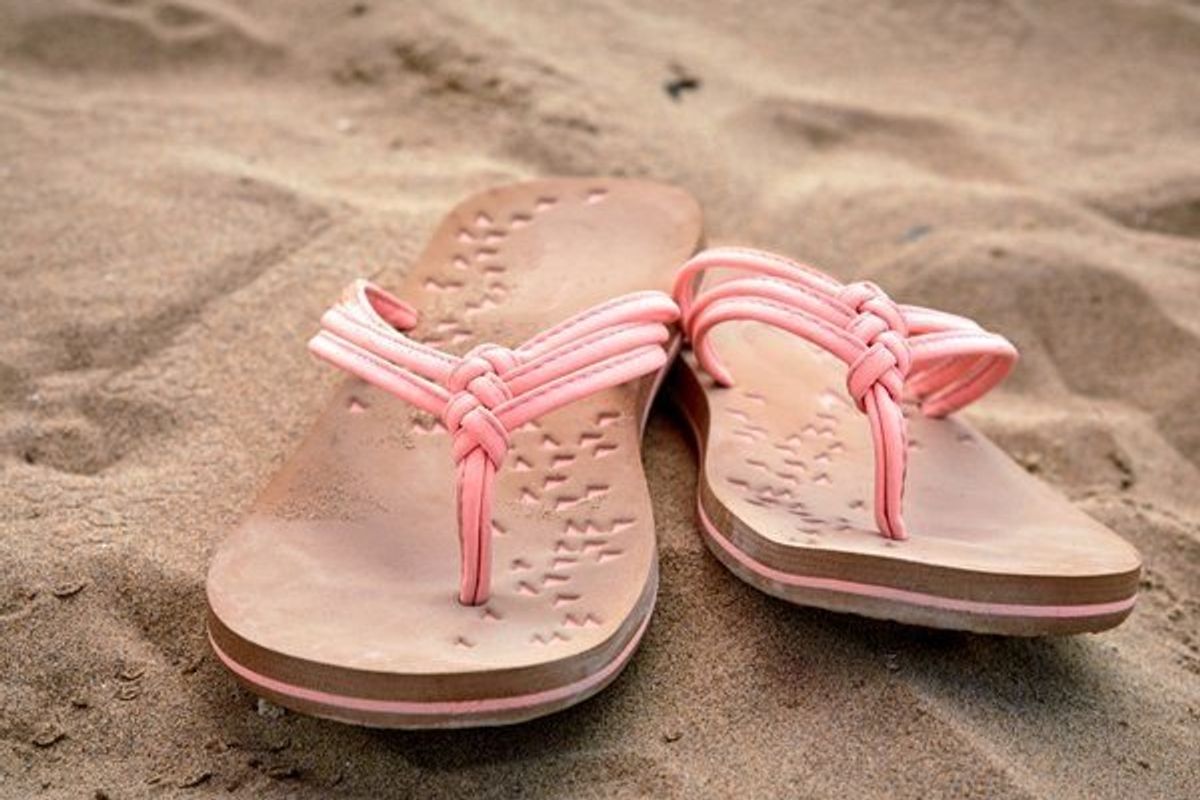Are you getting as weary as I am of this (rather endless) presidential race, full of drama, blaming, shaming and its usual share of flip-flops?
But the good news is that we can distract ourselves with beautiful, warm weather (finally)!
Rather than spending the morning tuning into CNN or any of the other dozens of networks spewing political slurs, I attacked my closet—joyous to be packing away my winter clothing, shoes and boots and even more excited to be breaking out my summer footwear. (It feels so good to let my feet b-r-e-a-t-h-e. Although, come to think of it, I could use a good pedicure.)
You may be doing the very same thing. But a word of caution to those of you who wear flip-flops (and doesn't just about everyone?): They can be pretty bad for your feet.
Dr. Jackie Sutera, a Vionic Innovation Lab expert and American Podiatric Medical Association spokesperson, doesn't say not to wear them but instead suggests that you wear flip-flops in moderation. These flat shoes are best suited for a day at the beach or the pool, not when you're going to be out walking or doing errands, she says.
"Flat shoes cause the feet to spread and collapse, stretching out the tissues," she explains. This is a common cause of the painful condition, plantar fasciitis.
But there's more:
Why are traditional flip-flops so bad?
"You have to over-grip when you're wearing them because there's no back strap. There are a myriad of issues that can arise from this in addition to plantar fasciitis, including stress fractures, bunions and hammer toes."
What can you do to lessen the risks?
"Stay away from those really thin flip-flops—the kind many of us have in every color because they're inexpensive and cute," Dr. Sutera says. "Instead, look for styles with a thicker, contoured sole, heavier straps and a bit of arch support, which help keep your lower legs in their natural position, and thus reduce pain."







